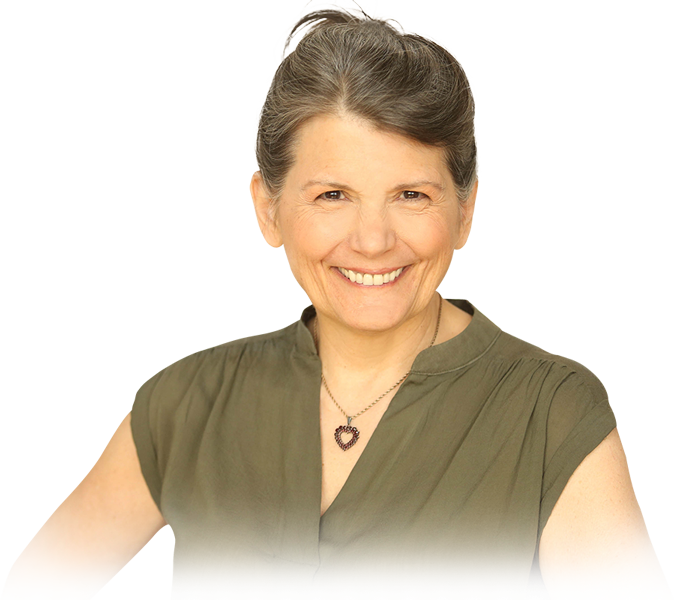
What do you value most from your Feldenkrais® training?
Physical changes that gave you ‘a new lease on life’?
An emotional shift that allowed you to become a more complete person with a broader range of responses?
A career that gives you a way to give back to the world?
Honestly, I think there are about as many things to value as there are practitioners to value them… because as I often say, we all attend our own individual training. So what we come away valuing is as personal as every other part of the training.
Your clients want value
It’s not a coincidence that your clients are looking for value, and when they come to you, they probably don’t have much of an external reference for what your work is worth. If they’ve been referred by a friend, they may have heard a glowing testimonial, but for each person, the value they seek is personal.
There are a lot of ways you can value your Feldenkrais® work. Probably the most typical — and least valuable — is to think of it as something you do ‘by the hour.’ Unfortunately, thinking about your value from the standpoint of how much time you spend with your clients turns what you may consider ‘transformation’ into a commodity, and pits you against every other person who touches his or her clients and charges by the hour.
What was it worth for David Ben Gurion to learn to stand on his head?
Moshe Feldenkrais maintained that it was a profound experience for him, a man who who lived in the world of ideas for his entire life, who found that his body could give him pleasure he hadn’t dared to dream of.
How can you put a value on that — on transformation — in terms of dollars-per-hour?
Moshe told us that our work would be priceless, that what we would give to our clients would be something that they wouldn’t get anywhere else. But how does the concept of “priceless” help you earn a living with your work?
The truth is, it can’t, unless you know what “priceless” is to the people you help.
How do you value your work in terms of features or benefits?
Most practitioners focus on features when they talk about their work and their practice, but research shows that people don’t buy features — they buy benefits. That’s makes it a ridiculously important distinction, so let’s see what it’s about!
These are features:
- 60-minute session, 50-minute class.
- You’ll lie on a mat / padded table. I’ll give you verbal instructions / I’ll move your body.
- Improve your breathing / balance / awareness / posture.
Benefits look like this:
- Bringing more of yourself into everything you do allows you to function at a new level… you think new thoughts, dream new dreams.
- When you stop losing your balance, you stop worrying about losing your independence.
- Becoming able to affect your pain shows increases your confidence in your ability to take care of yourself.
See the difference? Features are factual — kind of ho-hum. Benefits are wowza!
What I’ve found is that most practitioners don’t know what benefits their clients are getting — that’s why they focus on talking about features. Don’t get me wrong — people want to know how long they’re going to be at your studio, and whether they should bring a towel. It’s find to tell them the difference between a class and a private session. And you can say their breathing will improve.
Just be aware that no matter how long the list of your features gets, it isn’t going to be the reason people decide to work with you.
People choose to work with people they know, like and trust… who solve the problems they have so that they can get the benefits they’re looking for. That means [Tweet “In order to get clients, you need to know what your clients get from working with you”]
To find that out, you have to ask!
To discover what your clients are getting from your work, you have to ask, and then ask again. The first time you say “What are you getting from working with me?” they’ll probably tell you something like, “My breathing is easier.”
The key is not to stop there! That’s NOT the benefit, it’s just the first thing they thought of. To discover the benefit behind that, ask, “Why is that important to you?”
I know. It sounds like a dumb question. But humor me. Ask 5 people what they get, and then why it’s important to them, and really listen to what they say. I’m willing to bet you’ll hear 5 answers that will surprise you and make you feel better about yourself than did before you asked!
Write those responses down. Practice talking about them. Tell other people this is what people get from working with you. And see how it changes your practice!
~~~~~
My mission is to help you build your practice — to make sure you don’t miss anything, subscribe to my newsletter!

